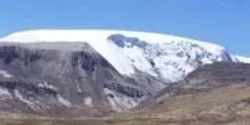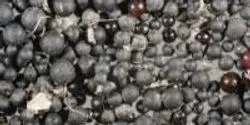pollutants

University of Saskatchewan researchers will share a total of $844,000 from the Canada Foundation for Innovation (CFI) for wide-ranging projects that will explore potential health benefits of using pulse crops in pet and fish feeds, energy-efficient technology for removing water from biofuels, catalysts to clean up air and water, and genetic and environmental factors underlying diseases such as cancer and osteoarthritis.

A University of Washington (UW) survey of pollution and other impurities in North American snow required researchers to find sites with undisturbed snow far from any city or major road – in other words, a recipe for getting stranded by the side of a cold, lonely road.

The southeastern United States is a natural laboratory for scientists studying how chemicals emitted by human activities and trees interact with each other and affect air quality and climate. A new study has found that certain emissions from cars and coal-fired power plants promote processes that transform naturally occurring emissions from trees into organic aerosols. Organic aerosols make up a substantial fraction of ambient particulate matter (PM) that can affect climate, air quality and human health.

Women exposed to high levels of fine particulate matter specifically during pregnancy—particularly during the third trimester—may face up to twice the risk of having a child with autism than mothers living in areas with low particulate matter, according to a new study from Harvard School of Public Health (HSPH). The greater the exposure, the greater the risk, researchers found. It was the first U.S.-wide study exploring the link between airborne particulate matter and autism.

The Taj Mahal’s iconic marble dome and soaring minarets require regular cleaning to maintain their dazzling appearance, and scientists now know why. Researchers from the United States and India are pointing the finger at airborne carbon particles and dust for giving the gleaming white landmark a brownish cast.

Scientists at the National Center for Atmospheric Research (NCAR) and partner organizations launched a major field project across the northern Front Range of Colorado last month to track the origins of summertime ozone, an invisible but harmful pollutant.












